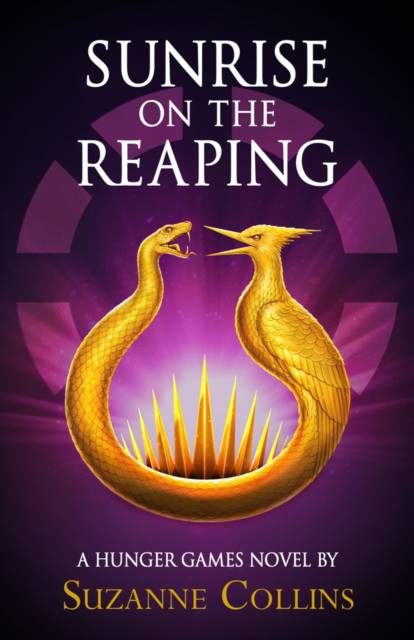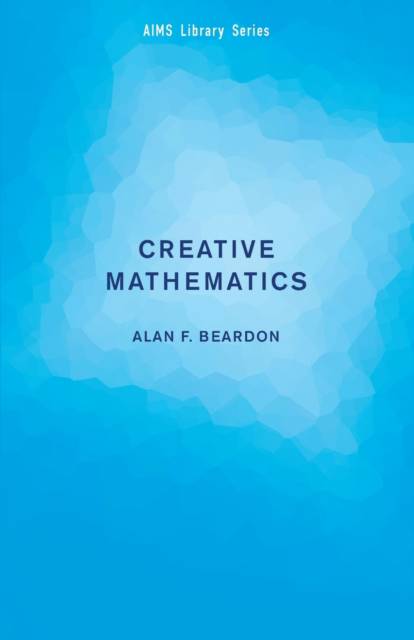
- Afhalen na 1 uur in een winkel met voorraad
- Gratis thuislevering in België vanaf € 30
- Ruim aanbod met 7 miljoen producten
- Afhalen na 1 uur in een winkel met voorraad
- Gratis thuislevering in België vanaf € 30
- Ruim aanbod met 7 miljoen producten
Zoeken
Omschrijving
How do mathematicians approach a problem, explore the possibilities, and develop an understanding of a whole area around it? The issue is not simply about obtaining 'the answer'; rather, Beardon explains that a mathematical problem is just one of many related ones that should be simultaneously investigated and discussed at various levels, and that understanding this is a crucial step in becoming a creative mathematician. The book begins with some good advice about procedure, presentation, and organization that will benefit every mathematician, budding, teaching or practiced. In the rest of the book, Beardon presents a series of simple problems, then, through discussion, consideration of special cases, computer experiments, and so on, the reader is taken through these same problems, but at an increasing level of sophistication and generality. Mathematics is rarely a closed book, and seemingly innocent problems, when examined and explored, can lead to results of significance.
Specificaties
Betrokkenen
- Auteur(s):
- Uitgeverij:
Inhoud
- Aantal bladzijden:
- 122
- Taal:
- Engels
- Reeks:
Eigenschappen
- Productcode (EAN):
- 9780521130592
- Verschijningsdatum:
- 21/12/2009
- Uitvoering:
- Paperback
- Formaat:
- Trade paperback (VS)
- Afmetingen:
- 140 mm x 211 mm
- Gewicht:
- 158 g

Alleen bij Standaard Boekhandel
+ 92 punten op je klantenkaart van Standaard Boekhandel
Beoordelingen
We publiceren alleen reviews die voldoen aan de voorwaarden voor reviews. Bekijk onze voorwaarden voor reviews.











